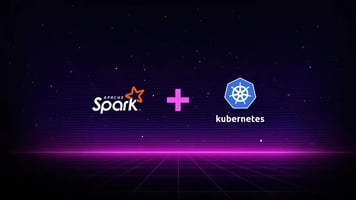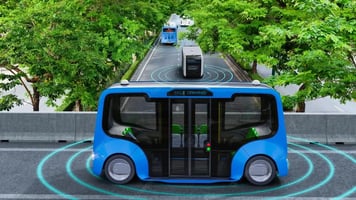MLOps fundamentals: what your team should know about it in the golden age of AI
Many companies are starting to embrace different paradigms related to DevOps practices. These practices have made it possible to ship software to production in minutes and to keep it running reliably, and also to harness further benefits such as shortening the development cycles, increasing deployment velocity, and dependable releases.
Companies are gaining large quantities of data but often they don’t know how to successfully take competitive advantage from them.
Indeed, according to the Deeplearning.ai reports, “only 22 percent of companies using machine learning have successfully deployed a model”.
One of these new paradigms is the MLOps. MLOps is an engineering concept and practice that aims at unifying ML system development (Dev) and ML system operation (Ops).
As a way to mix together Data Engineering, DevOps and Machine Learning, it’s is mainly focused on the deployment, testing, monitoring, and automation of ML systems in production.
According to another survey, a big crunch of AI/machine learning projects fail, with lack of necessary expertise, production-ready data, and integrated development environments cited as the primary reasons for failure. Many organizations underestimate the amount of effort it takes to incorporate machine learning into production applications.
Through MLOps, companies can create continuous development and delivery (CI/CD) of data and ML intensive applications through some pillars of DevOps methodology:
- An IT infrastructure
- An application (i.e. API based)
- Automated Pipelines
- Monitorings and metrics
Active metadata is like hot gossip. Here’s why.
Nevertheless, these points are not the only requirements, since recent Machine Learning projects require the presence of large dataset to work with.
Indeed, Machine Learning is not just an algorithm like a traditional program, but it’s bundled with data. If you reuse the data you retrieve every day online, it is essential to ensure that it is consistent over time.
There are differences between a controlled code, created in a closed environment, and data ranging from different sources all over the world.
Moreover, it’s important to monitor predictions to avoid chain reactions in case some data changes.
Machine Learning and DevOps are similar in continuous integration of source control, unit testing, integration testing, and continuous delivery of the software module. However, in Machine Learning, there are some considerable differences:
- CI (Continuous Integration) is no longer only about testing and validating code and components, but also testing and validating data and models.
- CD (Continuous Delivery) is no longer about a traditional program but a ML training pipeline that should automatically deploy another prediction service.
- CT (Continuous Training) is a new property, unique to ML systems, that’s concerned with automatically retraining and serving the models.
With these services companies are starting to create more and more projects based on microservices and orchestrated by technologies like Kubernetes.
Fyrefuse offers the possibility to use reusable data ingestion pipelines with zero coding swiftly. The platform provides real time monitoring of multiple concurrent executions and eliminates undocumented data flows. Fyrefuse pipelines are easy to deploy on Kubernetes to ensure continuous data delivery both on-prem or in cloud.
Other practices involve the presence of hybrid technologies to differentiate between private and public cloud infrastructures. If you are interested in hybrid cloud development, be sure to have a look at this blogpost.
MLOps relies on version control systems (Git) and monitoring metrics to control online batch and streaming data. Your logging system should include information about the model input and the predicted output.
To conclude, it’s crucial to manage data flows responsibly and in an automated fashion before deploying a fully functional Machine Learning model into production in order to make your team ready to tackle these new challenges.
Fyrefuse helps standardize design patterns, reduce troubleshooting costs and embrace the change that Big data era is facing us.
.png?height=200&name=Untitled%20presentation%20(2).png)
.webp?height=200&name=img-01%20(2).webp)







